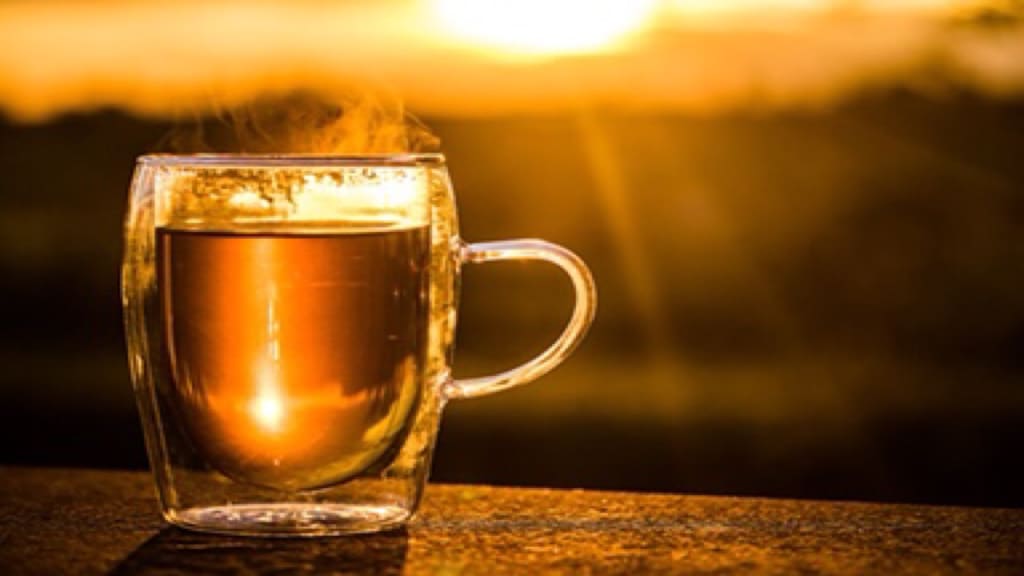The drink that changed the world
"From Royal Sip to Sneaky seeds: How Tea Brewed Up History with a Dash of Espionage and a Sprinkle of Scandal"

In the annals of history, May 13th, 1662, holds a curious significance. On this date, a Portuguese princess named Catherine of Braganza stepped ashore in Portsmouth Harbor, about to embark on a life-altering journey as the Queen of England, Scotland, and Ireland. Thirsty and fatigued from her travels, she made a seemingly innocuous request—a cup of tea. Little did she know that this simple request would set in motion a chain of events that would transform tea from a royal indulgence into a national obsession, redefining Britain’s identity along the way.
At that time, tea was a novelty in Britain. It had yet to become the ubiquitous beverage it is today. Catherine’s arrival, with a chest of her favorite tea in tow, introduced the English aristocracy to the delights of this exotic brew. As tea’s popularity began to spread among the privileged elite, it inadvertently triggered a transformation that would have far-reaching consequences.
Tea, as we know it today, has its roots in China. The Dutch were among the first Westerners to engage in trade with China, and they introduced tea to Europe. However, the Chinese held a monopoly on tea production and were determined to keep it that way. Foreign trade with China was tightly controlled, primarily through the port of Canton (now Guangzhou). This allowed the Chinese to maintain high prices for scarce commodities like tea.
The British East India Company saw a lucrative opportunity in tea. They wanted to break the Chinese monopoly and supply the growing demand in England. Thus, they sent trade envoys to Canton, marking the beginning of a perilous and lengthy voyage that would take months to complete. To make matters worse, the journey was plagued by diseases like scurvy and dysentery, which often led to death.
Despite the risks, the British demand for tea was skyrocketing. The government, under Prime Minister William Pitt the Younger in 1783, reduced tea taxes dramatically, making it affordable for the masses. The tea trade with China boomed, and Britain became the largest consumer of Chinese tea. However, this led to an economic conundrum—China demanded payment in silver, which was scarce in Britain.
Here enters the East India Company’s cunning plan: opium. The company began cultivating opium in India and smuggling it into China, where it was sold on the black market for silver. The Chinese populace became addicted to opium, which took them out of the workforce, caused skyrocketing local prices, and led to economic turmoil.
Tensions escalated, and in 1839, the Chinese Imperial commissioner took action to halt the opium trade. This prompted the first Opium War, in which Britain emerged victorious. The Treaty of Nanking in 1842 forced China to pay damages, legalize the opium trade, and open more ports to foreign traders.
The second Opium War in 1858 brought more humiliation for China. The treaties that followed further weakened the nation, granting foreigners access to trade and missionary activities across the country.
During this tumultuous period, an unlikely hero emerged in the form of Robert Fortune, a Scottish botanist. Employed by the East India Company, Fortune embarked on a secret mission to China. Disguised as a Chinese merchant, complete with a traditional haircut and a fake braid, he delved into the mysteries of tea production, which had been off-limits to foreigners.
Fortune’s espionage uncovered the secrets of growing and manufacturing tea. He discovered that black tea and green tea came from the same plant and managed to smuggle tea plants and seeds out of China. His efforts eventually led to the establishment of tea plantations in Darjeeling, India, marking the birth of the British tea industry.
With British-controlled tea production in India and other countries following suit, China’s monopoly on the tea trade was irrevocably broken. By the late 19th century, China’s grip on the world’s tea industry had crumbled, paving the way for a world controlled by Western powers.
So, the next time you put the kettle on and enjoy a cup of tea, remember the remarkable journey this humble beverage has taken—from a royal rarity in 17th-century England to a global obsession shaped by botanists, wars, and economic intrigue. Tea’s transformative history is a testament to how even the simplest of pleasures can influence the course of nations. Thank you for reading





Comments
There are no comments for this story
Be the first to respond and start the conversation.